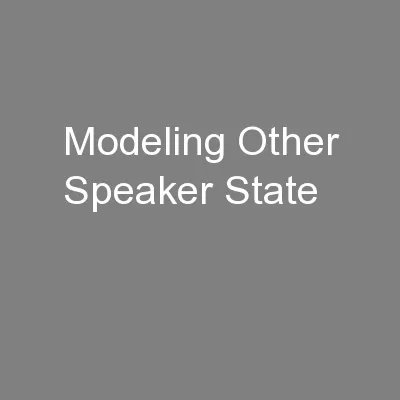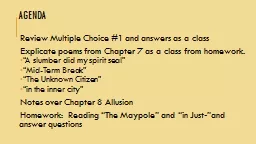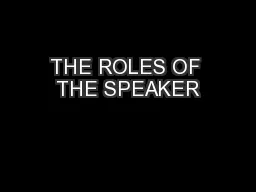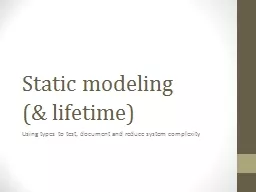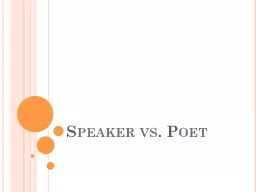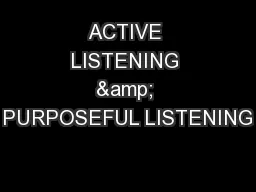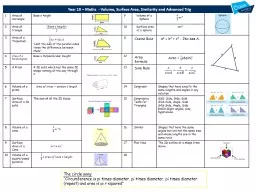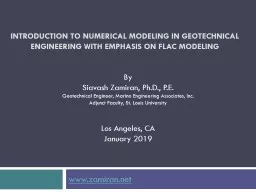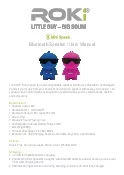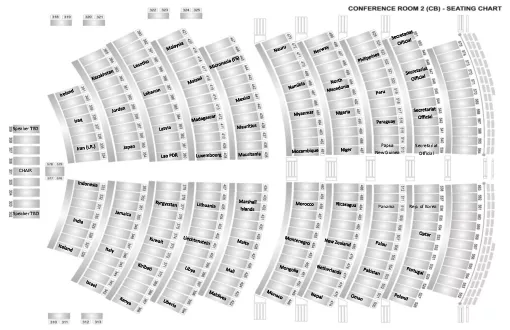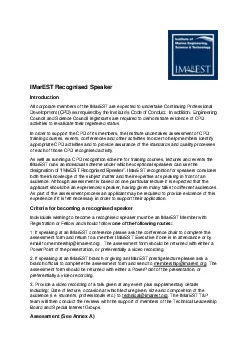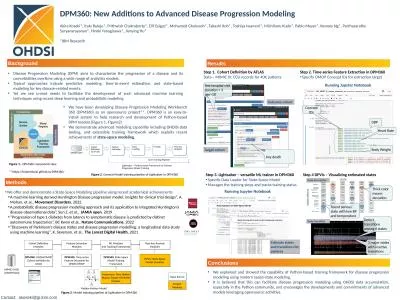PPT-Modeling Other Speaker State
Author : tatyana-admore | Published Date : 2016-07-07
COMS 49956998 Julia Hirschberg Thanks to William Wang Sarcasm Usage Often used to express humor or comment Disbelief Cultural differences Occurrence casual conversation
Presentation Embed Code
Download Presentation
Download Presentation The PPT/PDF document "Modeling Other Speaker State" is the property of its rightful owner. Permission is granted to download and print the materials on this website for personal, non-commercial use only, and to display it on your personal computer provided you do not modify the materials and that you retain all copyright notices contained in the materials. By downloading content from our website, you accept the terms of this agreement.
Modeling Other Speaker State: Transcript
Download Rules Of Document
"Modeling Other Speaker State"The content belongs to its owner. You may download and print it for personal use, without modification, and keep all copyright notices. By downloading, you agree to these terms.
Related Documents

